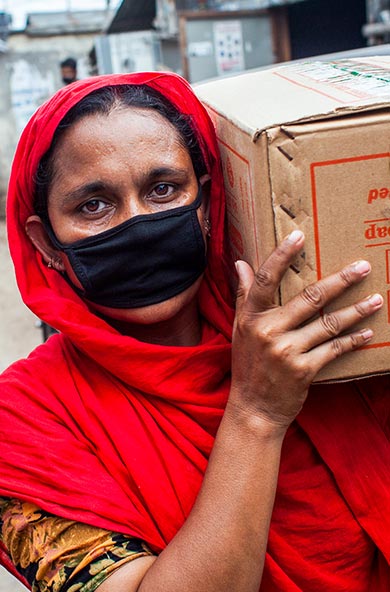Integrating Tobacco Control into Tuberculosis and HIV Responses
English
DownloadIntegrating Tobacco Control into Tuberculosis and HIV Responses
September 25, 2018
TB and HIV remain among the world’s deadliest infectious diseases, with TB killing 1.7 million people in 2016, and AIDS-related illnesses killing 940,000 people in 2017. Alongside these, non-communicable diseases (NCDs) are the greatest source of premature death, disability and illness worldwide, killing 40 million people annually. The World Health Organization (WHO) estimates that 20 percent of TB incidence is attributable to tobacco use,while an estimated 24 percent of AIDS-related deaths are attributable to smoking. The 2030 Agenda provides an opportunity to accelerate integrated responses to these co-morbidities and infections.
The Global Fund to Fight AIDS, TB and Malaria has opened up the opportunity to incorporate tobacco control into TB and HIV grants. In line with the 2030 Agenda, the UNDP Strategic Plan 2018-2021, and UNDP’s HIV, Health and Development Strategy 2016-21: Connecting the Dots, UNDP and the Secretariat of the WHO Framework Convention on Tobacco Control (WHO FCTC) have produced this Issue Brief to inform Global Fund applicants on integrating tobacco cessation into Global Fund HIV and TB grants. The Issue Brief outlines how tobacco consumption worsens TB and HIV outcomes and how the integration of tobacco control could increase health benefits and efficiencies. Key approaches and practical options for such integration are outlined, based on a review of research and case studies.

 Locations
Locations






















